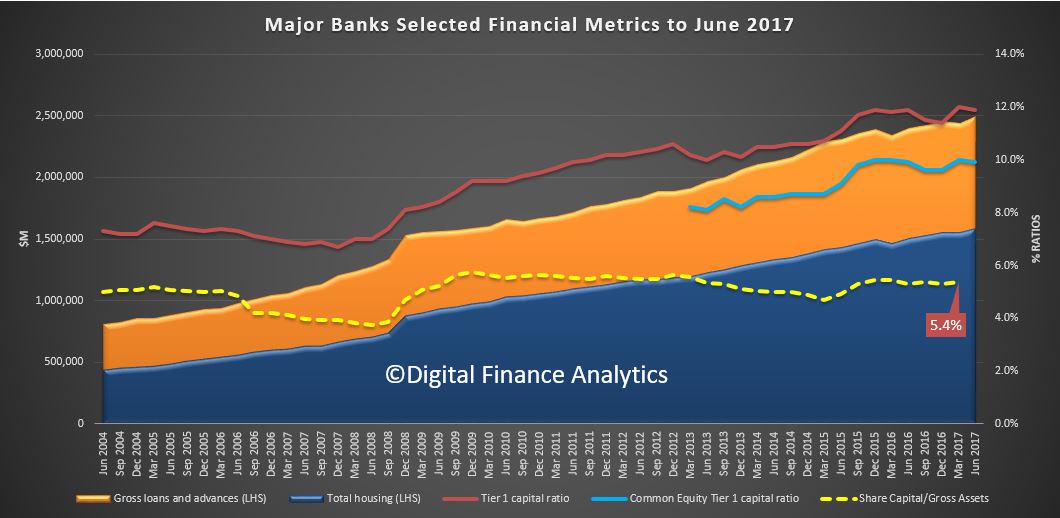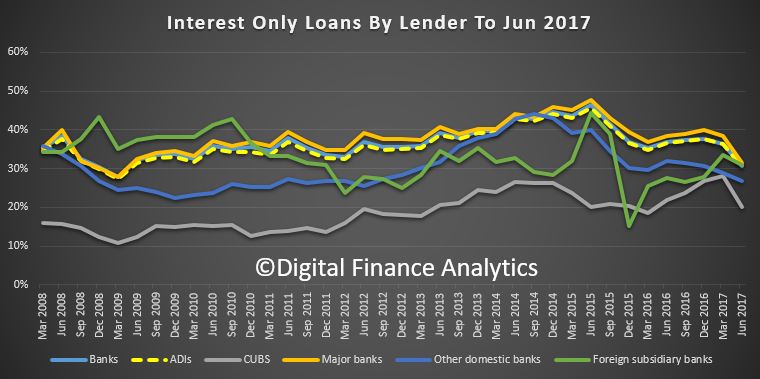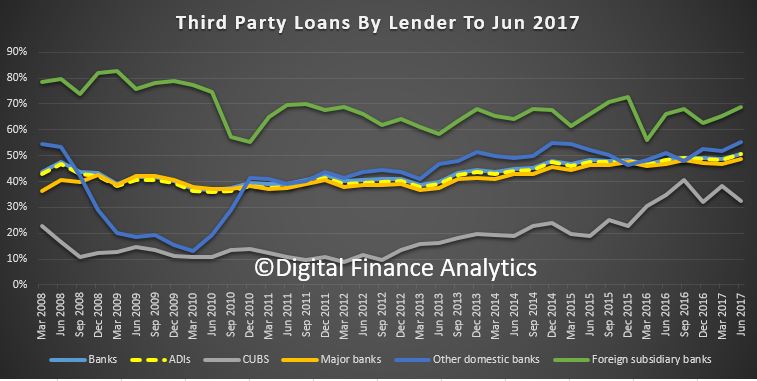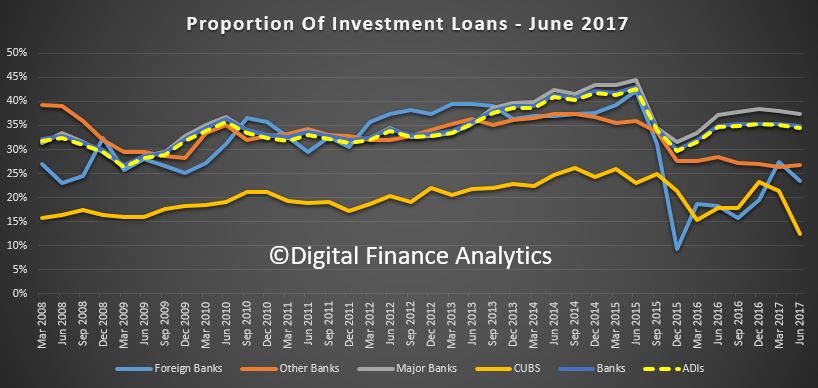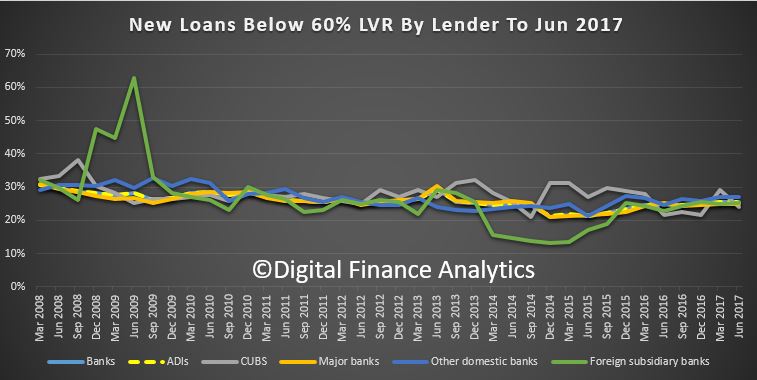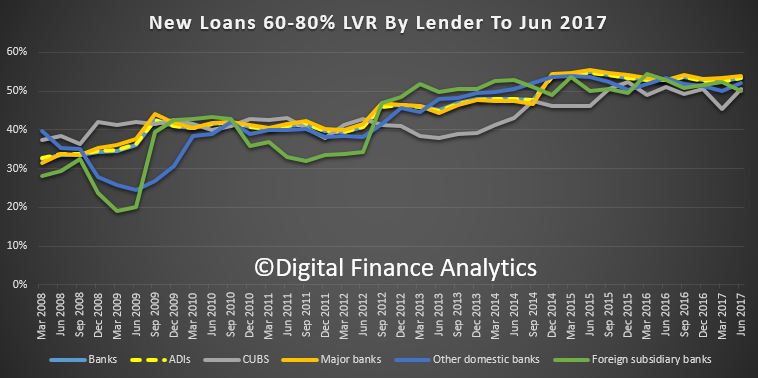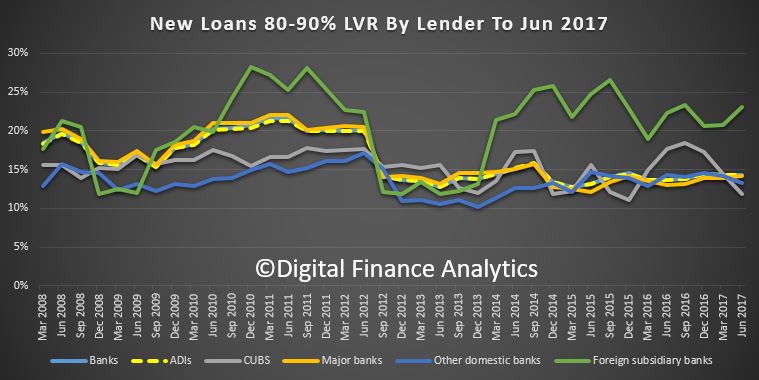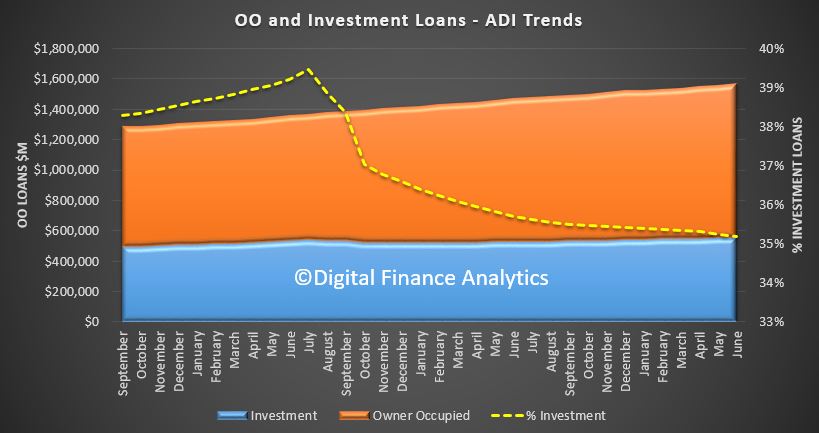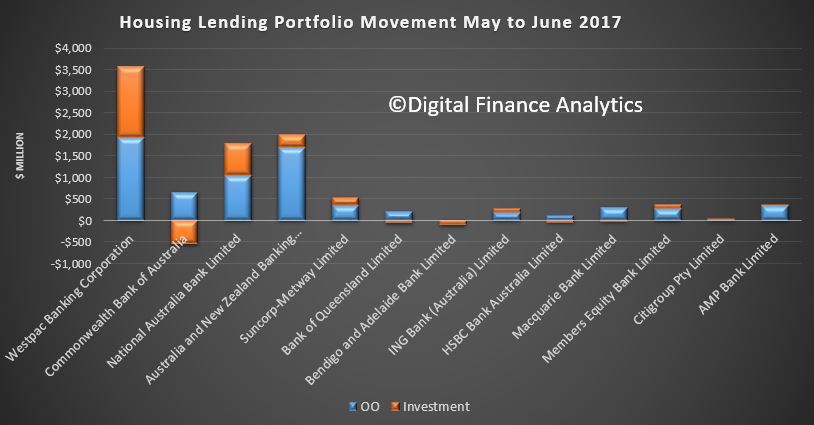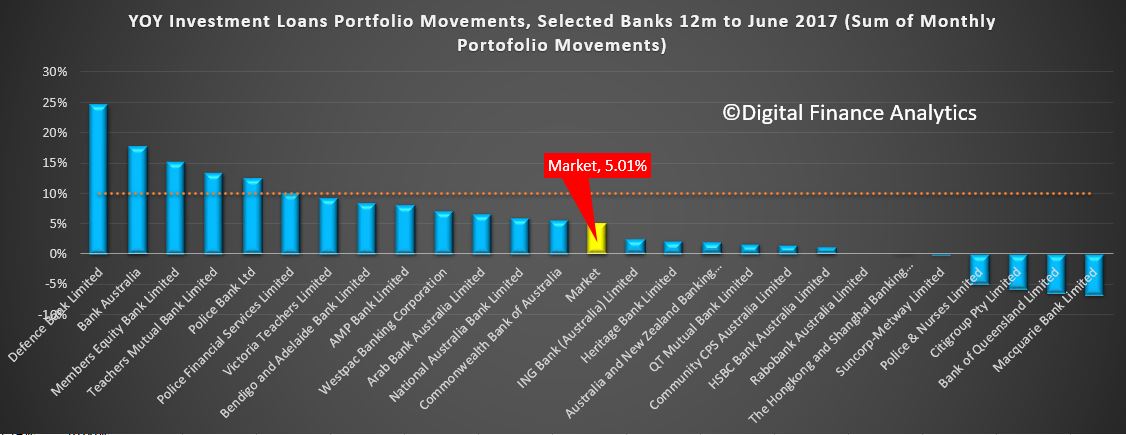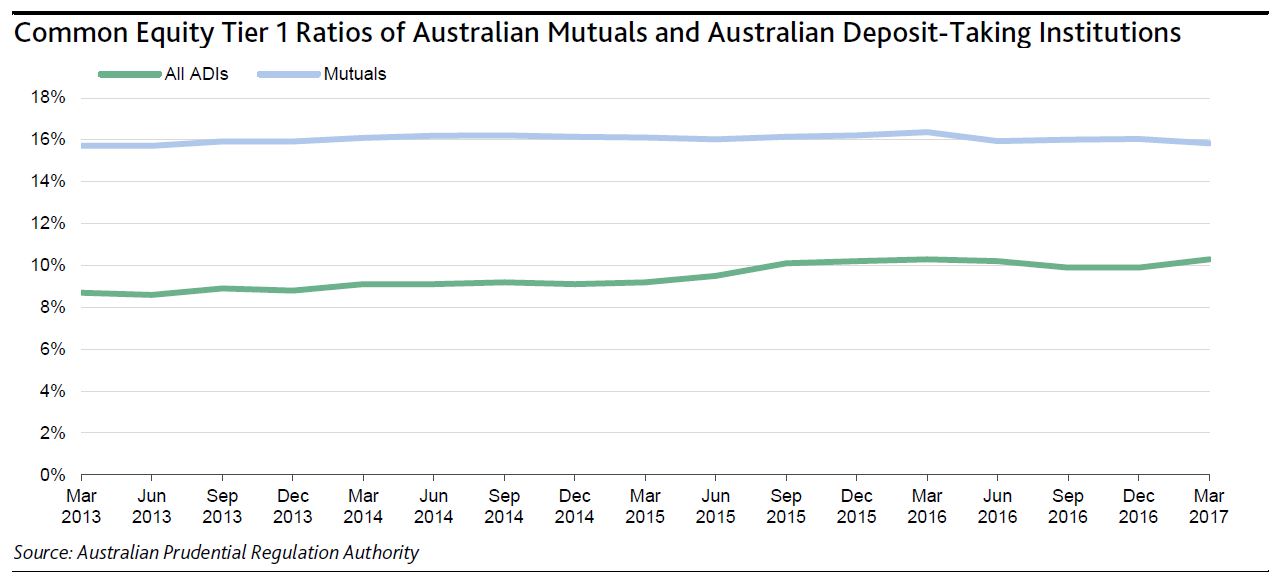Just when you thought it could not get any more bizarre, the Australian Prudential Regulation Authority (APRA) announces it will open its new season with an inquiry into the Commonwealth Bank of Australia (CBA), specifically focusing on “governance, culture and accountability frameworks and practices within the group”.
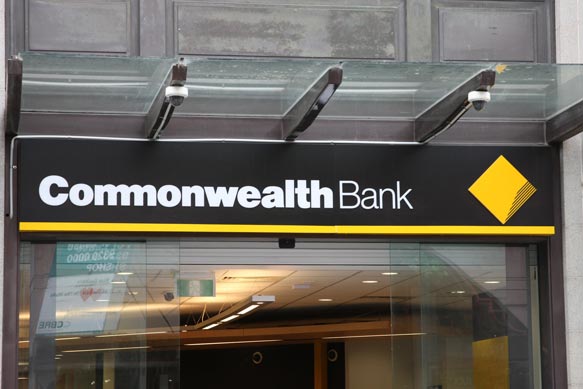 This is an unexpected twist in the long running farce that is Australian banking regulation.
This is an unexpected twist in the long running farce that is Australian banking regulation.
And the Treasurer, Scott Morrison, has weighed in on cue to lead the booing of CBA with as nice a piece of comedic irony that one could see anywhere, even in London’s West End:
Australia’s banks are well capitalised, well regulated and financially sound. However, there have been too many cases and events that have damaged their reputation and standing in the eyes of many Australians, that warrants our regulators taking action now.
The well-regulated bit brought the house down as did the next gag – that the inquiry showed a banking royal commission was not needed as the government and regulatory agencies were already taking action against the banks.
Yeah, already taking action – just five minutes ago!
The audience would have roared with laughter, especially when told they would not have to pay to see the show, but that CBA would be picking up the tab. Ice-creams all around at the interval, and CBA can pay for it out of the bonuses that have just been taken back from the departing CEO and the management chorus line.
But the opening of this new show raises some questions for the producers. Why now? Why CBA? And why, of all people, APRA?
Why now is obvious. A few weeks ago, a new sheriff in town, AUSTRAC, pointed out some serious criminals had been using the bank as a money laundromat.
At first the board ignored this upstart, but were woken out of their cosy slumber when AUSTRAC had the temerity to take them to court. Their usual first reaction, of fighting to the end (with their shareholders’ money) won’t work this time and they have been scrambling ever since.
Why CBA? Ineptitude mixed with hubris. There has been a long litany of scandals where CBA has been part of the cast, but like the heroine of the old movies, in the past it had been able to escape just before the train ran over it. This time the CEO forgot to bring the knife to cut the ropes and CBA has been squashed.
But why no other banks? Why not indeed, as the other three of the big four banks, like CBA, have been part of a long-running production in the Federal Court to do with the small matter of manipulating interest rate benchmarks. The banks had hoped this show would have closed by now, like the foreign exchange benchmark scandal, with a payment of a token gold coin donation.
But the big question on the audience’s lips is why APRA?
In Australia, the conduct regulator, that is the “culture guy”, is supposed to be the Australian Securities and Investment Commission (ASIC) but this time it does not get a look in – why?
It’s because the government doesn’t like ASIC. Its leading man, Chairman Greg Medcraft, has already been told he is no longer needed and the new leading man has not been announced yet.
In very bad timing for the government, the scandal has blown up just before the rumoured replacement could be unveiled. Try that move today and the critics would go feral.
Not that APRA has great credentials on “culture” matters. It is made up of more technicians than creative types. As the official insurance regulator, APRA missed the whole bit about culture when the CommInsure scandal blew up. And critics have been very quiet on the fact that money laundering is part of APRA’s operational risk mandate. But, like Marcel Marceau, APRA doesn’t say much about anything such as the fact that bank bill swap rate benchmark manipulation is also part of its operational risk responsibilities.
As for “culture”, APRA actually tried out for that role a few years ago, but wasn’t called back for a final audition – the leading role went to ASIC but at the time it was not bent out of shape too much.
In the UK, the so-called “twin peaks” of banking regulation, the Financial Conduct Authority (FCA) and the Prudential Regulation Authority (PRA), actually talk to one another and work on common problems, such as whistleblowing.
In Australia, APRA is the prudential regulator which means its main job is to ensure that banks can meet their “financial promises”. By starting this inquiry, does APRA really want us to believe that the board and management at CBA pose a threat to the ability of the largest bank in Australia to repay its financial commitments? Surely not! But maybe APRA has been pushed into this unusual role by backstage prompting from the Treasurer – anything to head off a royal commission.
So why has this inquiry not been shared between ASIC and APRA, surely in this case the combined expertise would help create a truly independent report? The two regulators are officially part of the Council of Financial Regulators (CFR), which is headed by the RBA, and whose role is to coordinate “Australia’s main financial regulatory agencies” – boy if ever cooperation was needed.
So off we go with a six month run of a completely new production. The script hasn’t been written yet (terms of reference to follow) – maybe they are going to workshop it first? The actors are already lining up for auditions and venues are being hired. The problem is we don’t know whether it will be farce or fiasco, but it will definitely run and run.
Author: Pat McConnell, Honorary Fellow, Macquarie University Applied Finance Centre, Macquarie University

